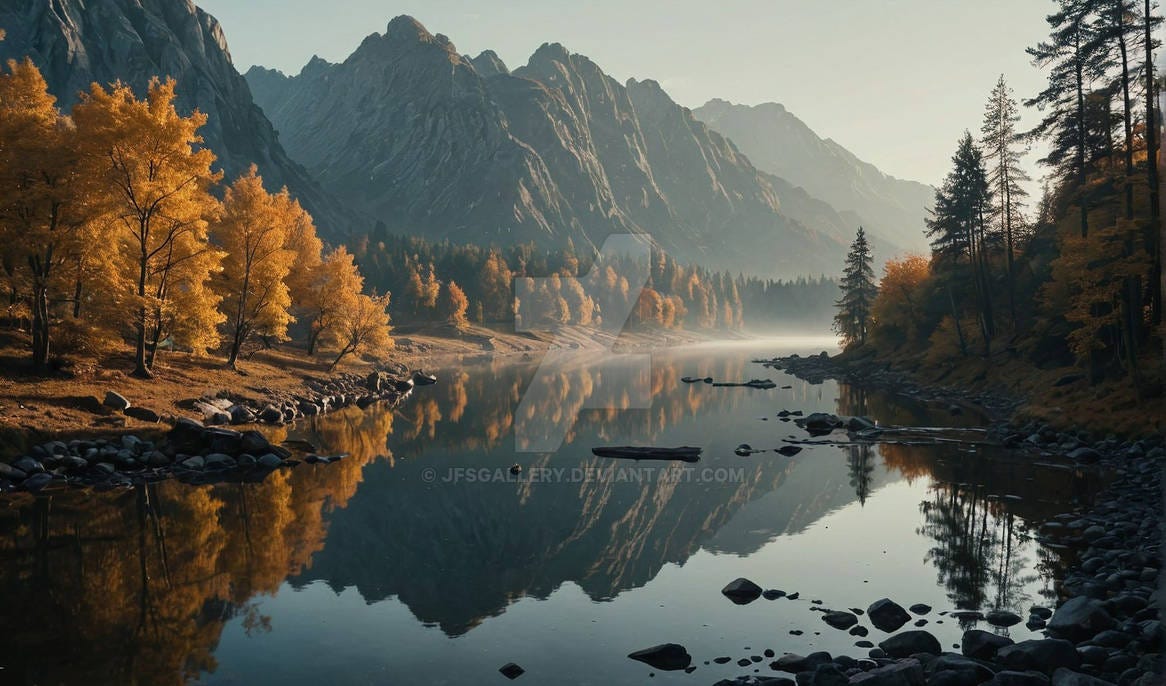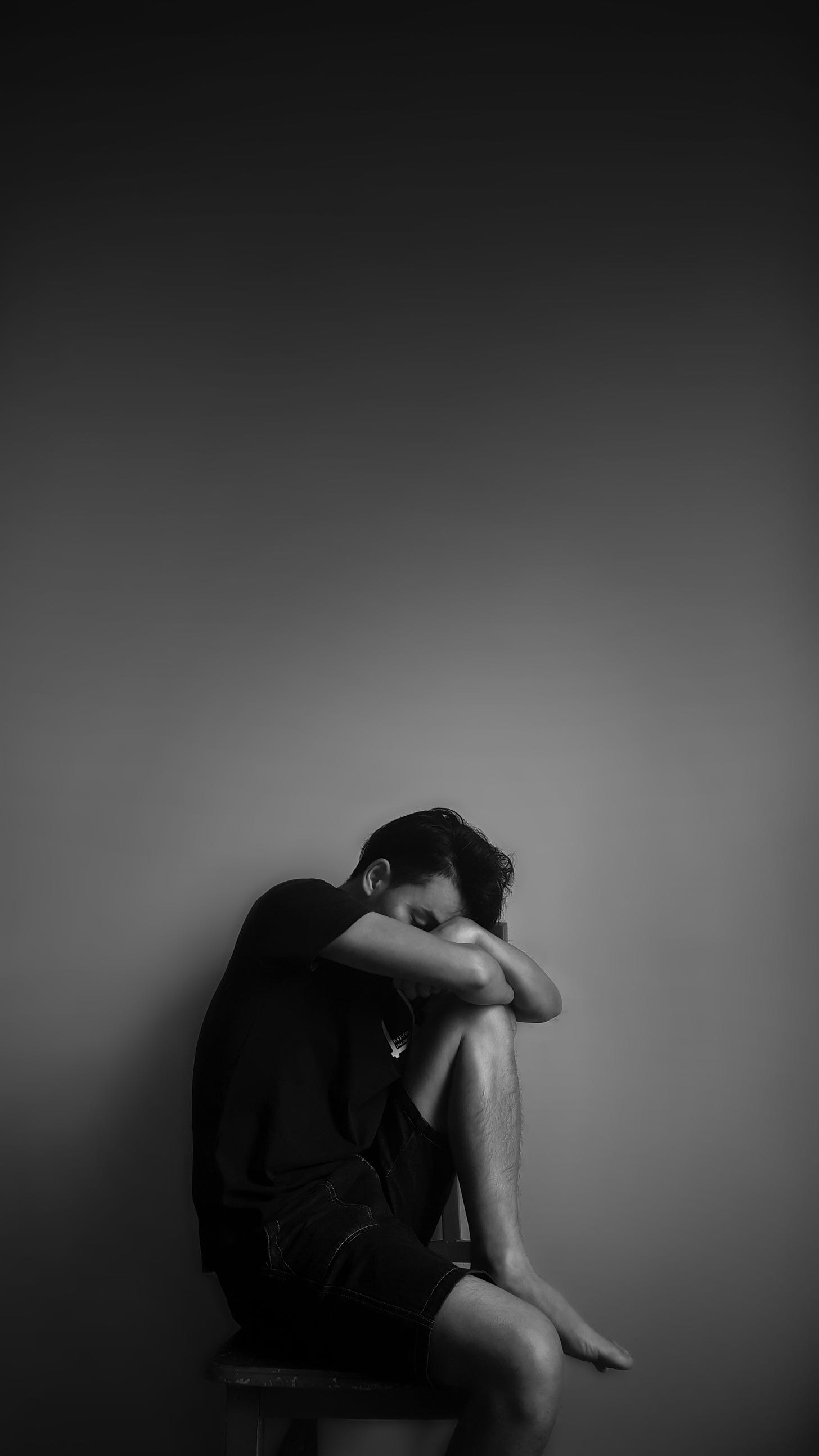Replacing Cameras with AI Generation Tools
Can AI Serve as a Tool for Photographic Art in the Digital Media Era?
When you input a logically edited descriptive sentence into an AI image generation tool like Midjourney, you will get a realistic photographic piece. It can even mimic a particular style of photography. If an artificial algorithm mantra can create an unparalleled photographic works. So can AI-generated algorithms replace cameras?
Video: The process of typing descriptive text into Midjourney to generate photos is easy and straightforward. Ai-generated portraits are so realistic that can make viewers confused. Video by Tone Fuentes ENG.
Nowadays AI photography
In simple terms, AI photography uses deep learning technologies to let algorithms edit or generate images. AI-image generation tools like Midjourney can even simulate the photographic effects of mainstream DSLR lenses, as well as various shooting techniques and lighting setups. It can finally achieve the style of well-known photographers. And all you need to do is enter the corresponding prompt words.
Image: The AI-generated realistic landscape photo of distant mountains, calm river between the mountains and yellow trees on the shore. Image by GFsGallery. Used with a CC BY-NC-ND 3.0. license.
In the field of commercial photography, AI photography has become a popular trend. Compared with traditional fashion model photography, which requires costumes, models, photography venues and complex post-processing process. Today, AI model photography is widely used by online stores. As a designer, you can simply provide the design to the generation platform and select the model’s preferences to get the right model photos.
Image: An AI-generated female model wearing a pink coat, red top and yellow pants stands in front of a blue background. Image by Ted-Chang. Used with a CC BY-NC-ND 3.0 license.
Risk of AI Creative Photography
If photography can be simply created through editing mantra, then the first potential risk of AI photography versus traditional art photography is the ownership of copyright.
In August 2022, American game designer Jason Allen used AI software Midjourney to create a piece of work "Théâtre D'opéra Spatial", that won the top prize of the digital art category in the Colorado State Fair. In order to create this masterpiece, he iterated thousands of times, spent over 80 hours. If AI-generated works are not copyrighted, then the intellectual value contributed by humans in the process is unprotected.
Video: Jason Allen’s AI-generated artwork won the top prize of the Colorado State art competition. The artists are pissed, but Jason believes he needs to be recognized for his input is crucial to the process of AI creating. Video by synthesia.ai.
However, the US Copyright Office considers that the images generated by AI programs such as Midjourney are not protected by copyright. The main reason is that in the generating process the humans show little creative involvement. At the same time, the results generated are random and hard to predict. The human imagination and control to the art works cannot be reflected in this kind of works.
Video: When users use a description text such as “selfies with a mobile phone” and combines it with their own photos, a very realistic photo can be created on the AI generation platform. Such high realistic photos can spread misinformation or lead to identity theft. Video by brandnat.
The second concern is the privacy issue behind AI photo generators. Influenced by social media platforms like TikTok, AI photos are becoming increasingly popular. According to a study by Fonehouse, more than one-third of the 20 popular AI image generators analyzed are using users' photos to train their algorithms, and 20% of the platforms did not allow users to delete their data. Photos of Australian children were also used without permission to train the AI image generator.
Future?
Although in the field of commercial photography, AI offers convenience and cost reduction for photographers. But in the field of creative photography, because algorithms needs a learning process. The current AI photography technology still cannot replace the immediacy of photojournalism. AI photography also cannot replace the creativity of human in photographic art.
Image: A image with a sense of technology. The head of an intelligent robot in front of a dark blue background and the robot’s eyes are fixed ahead. Image by ARTREZOUT. Used with a CC BY 3.0 license.
When photographers take pictures and records with personal character and emotion, what they shows is not just the visuals, but also the unique human expression such as compassion, care and love. AI has no emotions, and the images it generates are based on machine learning and probability than direct feelings about the world.
Image: A man was curled up in a chair, with one leg on the chair and the other hanging down, his head buried in his arms, his facial expression invisible. Black and white photo. Image by Pxhere. Used with a CC0 1.0 license.
For now, in the field of photography creation AI is more suitable to help artists gather information. Because of the ambiguity of copyright protection and privacy issues, AI may not be a suitable direct tool of creating. However, the learning logic of AI makes the algorithm generally have a more extensive experience of viewing photographic works than humans, that may provide photographers with a source of inspiration for creation. In future, photographers may use AI to generate imaginary scenes as per-shoot verification before the actual shooting.










